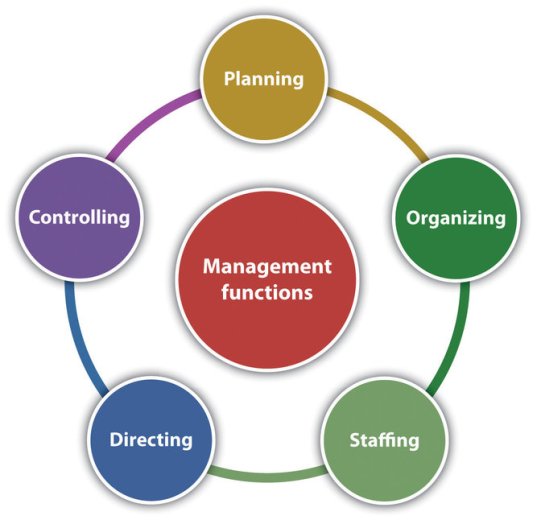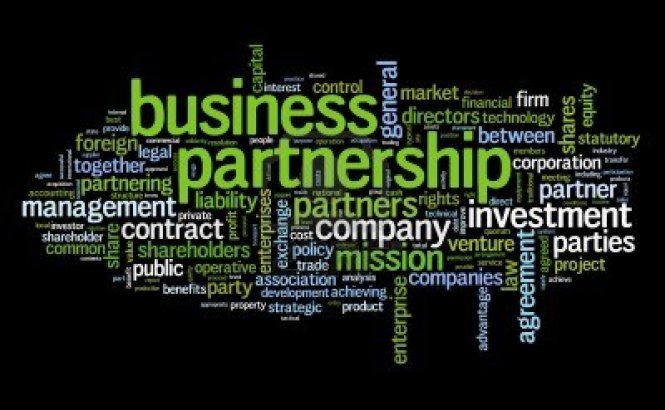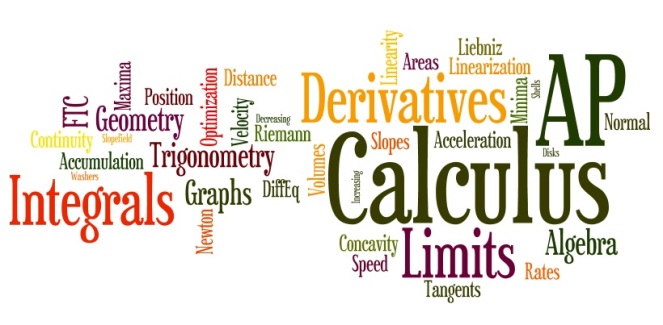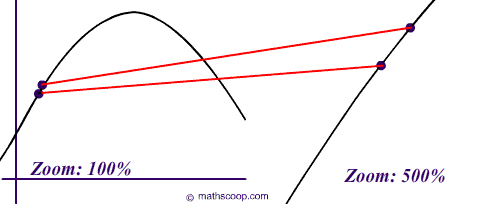Write a partnership deed on the basis of establishment of a technical Training Institute.

PARTNERSHIP AGREEMENT
of the
[Name]
This AGREEMENT of PARTNERSHIP is made as of [click to select date], by and between the undersigned Partners.
I. Formation
The undersigned hereby form a General Partnership in, and in accordance with the laws of, the State of [State].
II. Name
The name of the Partnership shall be [Partnership Name].
III. Term
The Partnership shall begin on [click to select date] and shall continue until [click to select date] of the same year and thereafter from year to year unless earlier terminated as hereinafter provided.
IV. Purpose
The purpose of the Partnership shall be toinvest the assets of the Partnership in stocks, bonds, and securities for the financial and educational benefit of the Partners, while employing fundamental principles and techniques of sound investment practices.
V. Meetings
Periodic meetings shall be held regularly as determined by the Partnership.
VI. Capital Contributions
The Partners will each make minimum monthly investments of $[amount] at regular monthly meetings. Partners may also make optional additional contributions in any $[amount] increment(s). Regular monthly contributions, normally collected at meetings, are due prior to the scheduled meeting in the case of any planned absence, or by the end of the third day after the meeting from anyone who was unable to attend that monthly meeting due to an emergency or illness. No Partner’s capital account shall exceed twenty percent (20%) of the capital accounts of all Partners.
VII. Valuation of the Partnership
The current value of the assets of the Partnership, less the current value of the debts and liabilities of the Partnership (hereinafter referred to as the “value of the Partnership”) shall be determined at a regularly scheduled date and time (hereinafter referred to as the “valuation date”) preceding the date of each periodic meeting.
VIII. Capital Accounts
There shall be maintained a capital account in the name of each Partner. Any increase or decrease in the value of the Partnership on any valuation date shall be credited or debited, respectively, to each Partner’s capital account on that date. Any other method of valuating each Partner’s capital account may be substituted for this method, provided the substituted method results in exactly the same valuation as previously provided herein. Each Partner’s contribution to, or capital withdrawal from, the Partnership shall be credited or debited, respectively, to that Partner’s capital account.
IX. Management
Except as otherwise determined, all decisions shall be made by the Partners whose capital accounts total a majority of the value of the capital accounts of all the Partners.
X. Sharing of Profits and Losses
Net profits and losses of the Partnership shall inure to, and be borne by, the Partners, in proportion to the value of each of their capital accounts.
XI. Book of Account
The Book of Account shall be a complete set of accounts, consisting of assets, liabilities, individual Partnership accounts, and appropriate revenue and expense accounts. It shall use the double-entry accounting system. Books of Account of the transactions of the Partnership shall be kept and at all times be available and open to inspection and examination by any Partner.
XII. Annual Accounting and Partnership Audit Committee
Each calendar year, a full and complete account of the condition of the Partnership shall be made to the Partners. The Annual Accounting for the preceding year shall take place at the Annual Meeting.
All financial transactions shall be reviewed semi-annually by a Partnership Audit Committee.
XIII. Bank Account
The Partnership may select a bank for the purpose of opening a bank account. Funds in the bank account shall be withdrawn by checks signed by any Partner designated by the Partnership.
XIV. Broker Account
None of the Partners of this Partnership shall be a broker. However, the Partnership may select a broker and enter into such agreements with the broker as required for the purchase or sale of securities, as follows:
- All securities shall be purchased in the name of the Partnership.
- All securities shall be kept in the Partnership safe deposit box or with the broker.
- The Presiding Partner and the Assistant Presiding Partner shall be the custodians of all securities.
- Any corporation or transfer agent called upon to transfer any securities to or from the name of the Partnership shall be entitled to rely on instructions or assignments signed by any Partner without inquiry as to the authority of the person(s) signing such instructions or assignments, and without inquiry as to the validity of any transfer to or from the name of the Partnership.
- At the time of a transfer of securities, the corporation or transfer agent is entitled to assume (1) that the Partnership is still in existence and (2) that this Agreement is in full force and effect and has not been amended unless the corporation or transfer agent has received written notice to the contrary.
XV. No Compensation
No Partner shall be compensated for services rendered to the Partnership, except for reimbursement of expenses.
XVI. Additional Partners
Additional Partners may be admitted at any time, upon the unanimous consent of the Partners, so long as the number of Partners does not exceed [number].
XVII. Transfers to a Trust
A Partner may, after giving written notice to the other Partners, transfer interest in the Partnership to a revocable living trust, of which the Partner is the grantor and sole trustee.
XVIII. Removal of a Partner
Any Partner may be removed by agreement of the Partners whose capital accounts total a majority of the value of all Partners’ capital accounts. Written notice of a meeting where removal of a Partner is to be considered shall include a specific reference to this matter. The removal shall become effective upon payment of the value of the removed Partner’s capital account.
XIX. Termination of Partnership
The Partnership may be terminated by agreement of the Partners whose capital accounts total a majority in value of the capital accounts of all the Partners. Written notice of a meeting where termination of the Partnership is to be considered shall include a specific reference to this matter. Written notice of the decision to terminate the Partnership shall be given to all the Partners. Payment shall then be made of all the liabilities of the Partnership, and a final distribution of the remaining assets, either in cash or in kind, shall be made promptly to the Partners or to their personal representatives in proportion to each Partner’s capital account.
XX. Voluntary Withdrawal (Partial or Full) of a Partner
Any Partner may withdraw a part or all of the value of the Partner’s capital account in the Partnership, and the Partnership shall continue as a taxable entity. The Partner withdrawing a part or all of the value of such capital account shall give notice of such intention in writing to the Secretary. Written notice shall be deemed to be received as of the first meeting of the Partnership at which it is presented. If written notice is received between meetings, it will be treated as received at the first following meeting.
In making payment, the value of the Partnership as set forth in the valuation statement prepared for the first meeting following the meeting at which notice is received from a Partner requesting a partial or full withdrawal will be used to determine the value of the Partner’s account.
The Partnership shall pay the Partner who is withdrawing a portion or all of the value of his capital account in the Partnership in accordance with the Terms of Payment section below in this agreement.
XXI. Death or Incapacity of a Partner
In the event of the death or incapacity of a Partner (or the death or incapacity of the grantor and sole trustee of a revocable living trust), receipt of notice shall be treated as a notice of full withdrawal.
XXII. Terms of Payment
In the case of a partial withdrawal, payment may be made in cash or securities of the Partnership or a mix of each at the option of the Partner making the partial withdrawal. In the case of a full withdrawal, payment may be made in cash or securities or a mix of each at the option of the remaining Partners. In either case, where securities are to be distributed, the remaining Partners select the securities.
Where cash is transferred, the Partnership shall transfer to the Partner (or other appropriate entity) withdrawing a portion or all of his interest in the Partnership, an amount equal to the lesser of (i) ninety-seven percent (97%) of the value of the capital account being withdrawn, or (ii) the value of the capital account being withdrawn, less the actual cost to the Partnership of selling securities to obtain cash to meet the withdrawal. The amount being withdrawn shall be paid within 10 days after the valuation date used in determining the withdrawal amount.
If the Partner withdrawing a portion or all of the value of his capital account in the Partnership desires an immediate payment in cash, the Partnership at its earliest convenience may pay eighty percent (80%) of the estimated value of his capital account and may then settle the balance in accordance with the valuation and payment procedures set forth above.
Where securities are transferred, the Partnership shall select securities to transfer equal to the value of the capital account or a portion of the capital account being withdrawn (i.e., without a reduction for broker commissions). Securities shall be transferred as of the date of the Club’s valuation statement prepared to determine the value of that Partner’s capital account in the Partnership. The Club’s broker shall be advised that ownership of the securities has been transferred to the Partner as of the valuation date used for the withdrawal.
XXIII. Forbidden Acts
No Partner shall:
- Have the right or authority to bind or obligate the Partnership to any extent whatsoever with regard to any matter outside the scope of the Partnership purpose.
- Except as provided in this agreement, without the unanimous consent of all the other Partners, assign, transfer, pledge, mortgage, or sell all or part of his or her interest in the Partnership to any other Partner or other person whomsoever, or enter into any agreement as the result of which any person or persons not a Partner shall become interested in the Partnership.
- Purchase an investment for the Partnership where less than the full purchase price is paid for same.
- Use the Partnership name, credit, or property for other than Partnership purposes.
- Do any act detrimental to the interests of the Partnership or any act that would make it impossible to carry on the business or affairs of the Partnership.
This Agreement of Partnership shall be binding upon the respective heirs, executors, administrators, and personal representatives of the Partners.
The Partners have caused this Agreement of Partnership to be executed on the dates indicated below, effective as of the date indicated above.
| Partner (Printed Name) |
Partner (Signature) |
Date Signed |
|
|
|
|
|
|
|
|
|
|
|
|
|
|
|

















